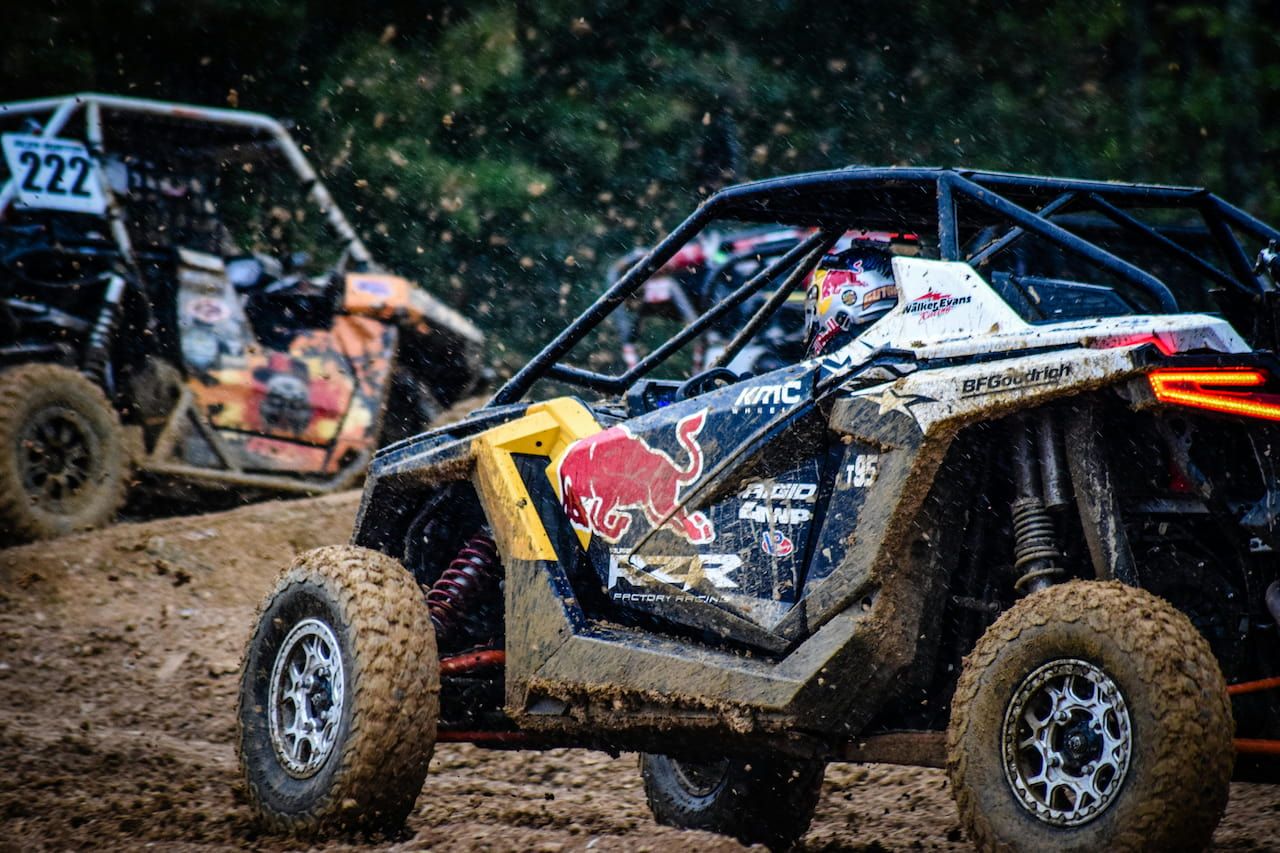Effective trailside communication is crucial for every UTV owner, especially when riding in a group or tackling challenging terrain. Beyond traditional hand signals, there are many ways to keep everyone informed and safe during an outing. This article explores practical strategies to enhance group coordination, reduce confusion, and elevate your overall riding experience.

Understanding Effective Trail Communication: What You Need to Know
Clear communication on the trail goes far beyond simple gestures—it involves multiple methods that ensure everyone in the group receives and understands vital information. From planning your ride to keeping track of each other’s position, being proactive and versatile in your communication approach can help avoid mishaps and improve camaraderie.
Check out how you can enhance your UTV trail communication skills to stay prepared for every ride. Here are some fundamental aspects of trail communication:
- Limited Visibility or Noise Issues: Engine roar, dust, and rugged surroundings can make visual or verbal cues hard to catch. Riders need reliable fallback options, whether it’s a quick radio message or a flick of the headlights.
- Coordinating Group Rides: When multiple UTVs travel together, it’s easy for someone to lag behind or speed ahead. Effective communication ensures everyone knows where to pause, when to speed up, or how to handle obstacles.
- Emergencies and Quick Responses: Unexpected hazards require swift action. A well-practiced communication system helps riders warn each other about sudden changes like fallen branches, oncoming traffic, or terrain shifts.
Key Techniques for Better UTV Communication
To stay connected and ready for any challenge, you’ll need the right combination of tools and techniques. Whether you’re using radios, intercoms, or simple signals, focus on clarity and consistency. Here are essential steps:
Check out specialized UTV trail communication safety equipment that can further enhance these techniques:
- Use Clear Verbal Codes – Establish short, simple codes (“Stop,” “Go,” “Wait,” “Caution”) before hitting the trail. This cuts through noise and confusion.
- Combine Hand Signals and Devices – Even if you have radio communication, don’t abandon hand signals entirely. They serve as quick visual confirmation and back-up if tech fails.
- Identify a Ride Leader – Designate one rider to set the pace and communicate major decisions. This prevents conflicting instructions and streamlines group movement.
- Perform Equipment Checks – Test your radios, headsets, or any communication devices prior to starting your trip. Failing gear can leave you isolated on the trail.
Putting it into Practice: Steps for Safer, Smarter Communication
Ready to master reliable communication methods? Here’s a simple process for implementing these strategies in real-world scenarios.
If you want more in-depth guidance, explore helpful UTV trail communication blog articles for additional tips:
- Plan Your Signals and Codes – Before you ride, agree on basic verbal cues and universal gestures. Confirm everyone in the group understands and can execute them.
- Test and Assign Equipment – Assign radios or intercoms to each rider and conduct a quick test. Make sure everyone knows their gear’s functions—volume controls, push-to-talk features, and emergency channels.
- Perform a Practice Ride – Start on a short, familiar route. Practice pausing, regrouping, and using your chosen signals in real time. This helps fine-tune communication in a low-pressure environment.
Best Practices for Trailside Communication
- Discuss Roles and Responsibilities: Clarify who calls out obstacles, sets the pace, and organizes regroup points.
- Use Headlights or Flags: Flashing headlights or attaching bright flags can help capture attention when noise or dust becomes overwhelming.
- Maintain a Logical Formation: Keep tighter spacing on smooth sections and spread out on tricky terrain. Communication is simpler when you can see others clearly.
- Regularly Assess Communication Quality: If riders repeatedly miss signals or get confused, pause and address it before continuing.
Seeking Further Improvement and Expert Guidance
If you notice that your group struggles with consistent communication or you’re uncertain about best practices for large gatherings, consider professional guidance for UTV trail communication. Expert trainers can assess your group’s unique challenges and offer solutions to improve both safety and enjoyment.
In addition to professional help, remember that routine practice is key to developing confidence. Every ride is an opportunity to sharpen your skills, test your gear, and refine your communication methods. Keep learning and stay proactive to ensure every trip is safer and more fun.
Main Points to Remember
Trailside communication is more than just hand signals. Combine verbal codes, devices, and established protocols to keep your group on the same page. Remember to:
- Test and confirm all communication tools before heading out.
- Designate roles to avoid confusion.
- Maintain a clear plan for emergent situations.
- Stay open to learning new methods and integrating technology.
By emphasizing consistent, versatile communication, you and your fellow riders can experience safer, smoother, and more enjoyable UTV adventures every time you hit the trail.
